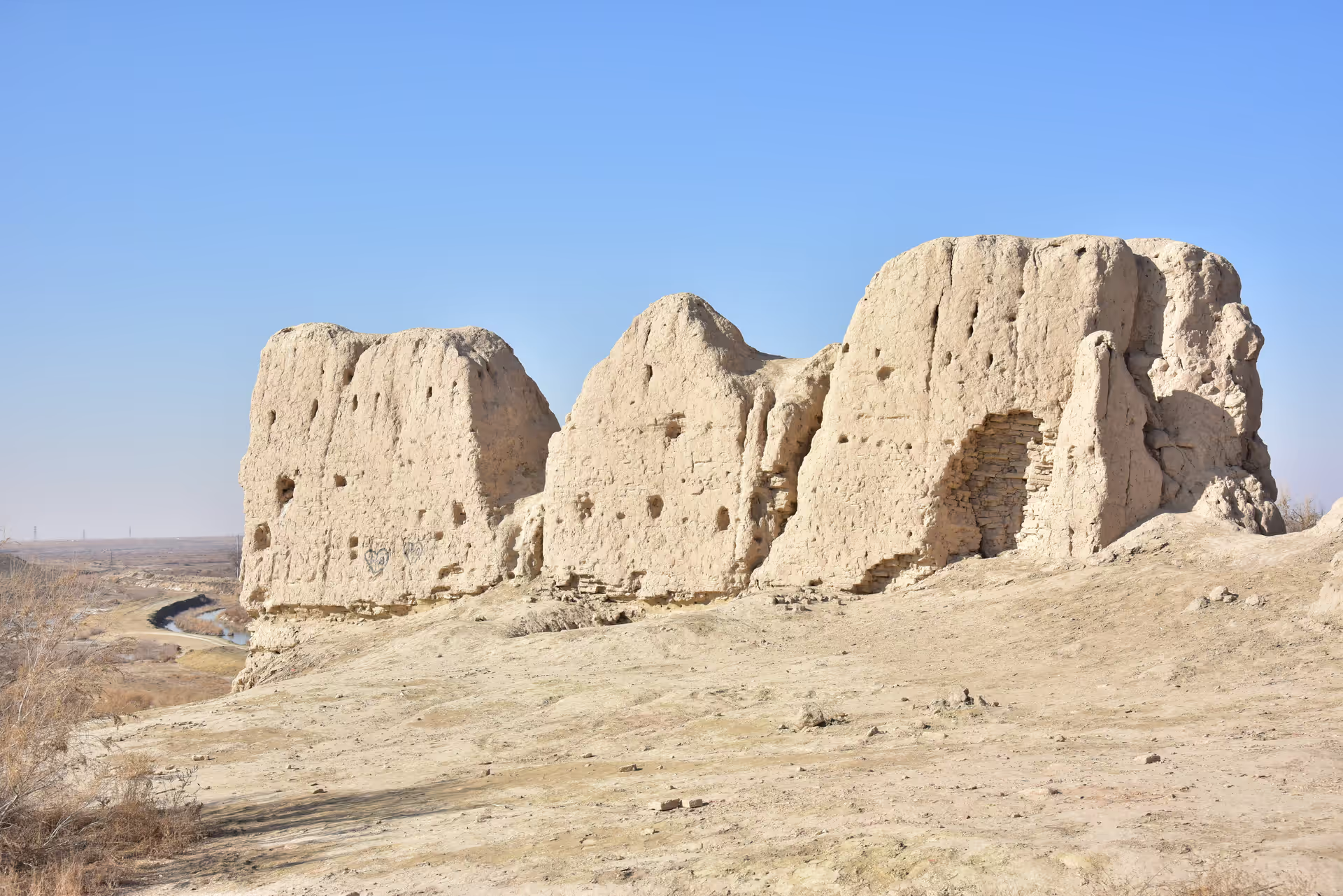
Dargan Gala — The Ancient River City of the Amu Darya
About This Destination
Dargan Gala, located about 4.5 km southeast of Darganata town in the Lebap Region, is one of Turkmenistan’s most remarkable medieval archaeological sites. The fortress, covering around 8 hectares, dates back to the 7th–8th centuries and once stood as a thriving city on the banks of the Amu Darya River.
History
The name Dargan is believed to derive from the Turkmen word “darga” meaning “boatman” or “captain,” reflecting the settlement’s origins as a river-port community. Favorable conditions for navigation along the Amu Darya helped transform this humble village into a flourishing urban center and an important stop along the Silk Road between Amul (modern Türkmenabat) and Gürgenç (Köneürgenç). Historical sources, including the 10th-century geographer al-Maqdisi, described Dargan as one of the largest cities after Gürgenç, with a Friday mosque richly decorated with precious stones and gold, surrounded by vineyards that produced famous raisins for export. The fortress walls of Dargan Gala once rose up to 8 meters high and 5 meters thick, strengthened by rectangular and round towers made of sun-dried and baked bricks. The city was divided into quarters — craftsmen and artisans in the west, merchants and nobles in the east. After the Mongol invasions of the 13th century, Dargan declined but never lost its spirit. Today, known also as Köne Gala, Ak Gala, or Daky Ýunus Gala, the site is protected as a national archaeological monument, a silent witness to Turkmenistan’s riverine civilization and medieval architectural mastery.
Tours Available
Quick Info
Plan Your Visit
Need Help?
Our travel experts are here to help you plan the perfect trip
